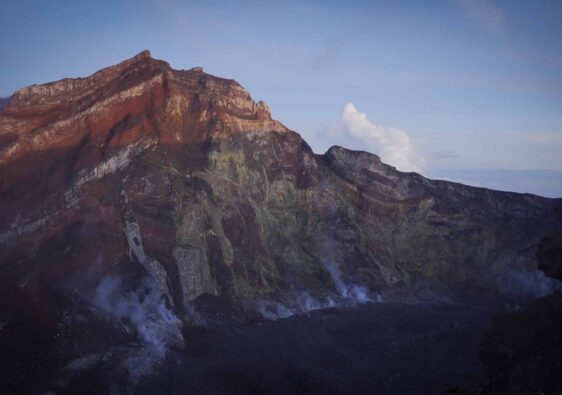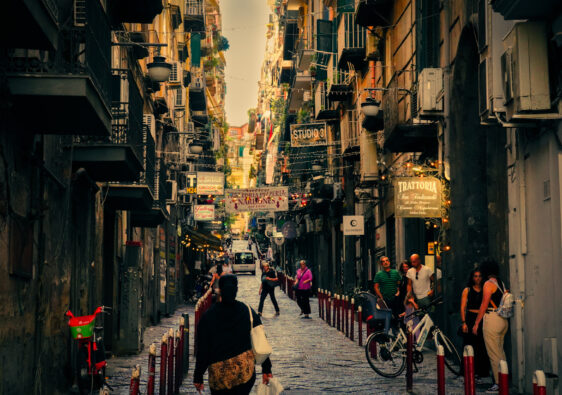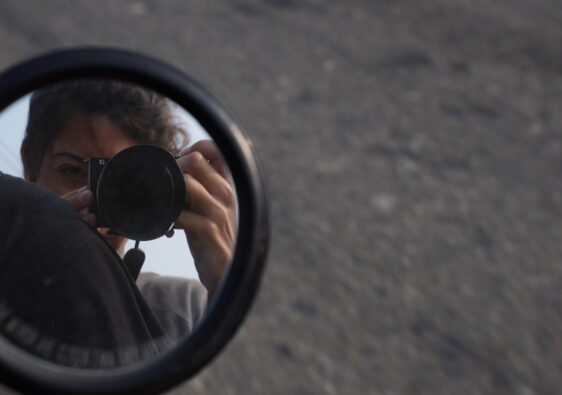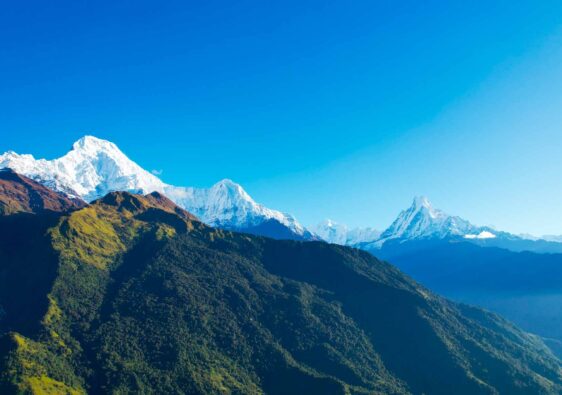We arrived early on a flight from Copenhagen. Connecting to the city center from the airport was easy, Sophie had read a few blogs and for only a few dollars we caught a bus from the airport, transferred at an underground station and walked less than 10 minutes to our hotel. Exiting the underground we got our first glimpse of our surroundings for the next week and though they would become familiar over the next 5 days they would continue to grow in depth and interest. An imposing gothic church with its dark stone, copper roof and sharp spires stood facing west in the center of the intersection. In front there was an open square and on all sides it was surrounded by four and five story buildings that dominate the city of Prague. The buildings are interconnected creating large walls of pastel colors. If they weren’t so beautifully designed it would certainly feel like a maze of concrete but instead it’s a joy to walk around soaking in the architecture with your head on a constant swivel. As I looked up the back of my head would strain against the weight and height of my pack so I alternated glances between the tops of buildings and beautiful walkways. Looking down was almost as impressive however with sidewalks of marble mosaics in geometric patterns. Where I’ve spent my adult life in southern California the sidewalks are of poured concrete, flat, plain and boring but good for walking. These streets were absolutely beautiful but more wavy in nature, random depressions and undulations especially in the streets where cars have pressed into the stones like clay.
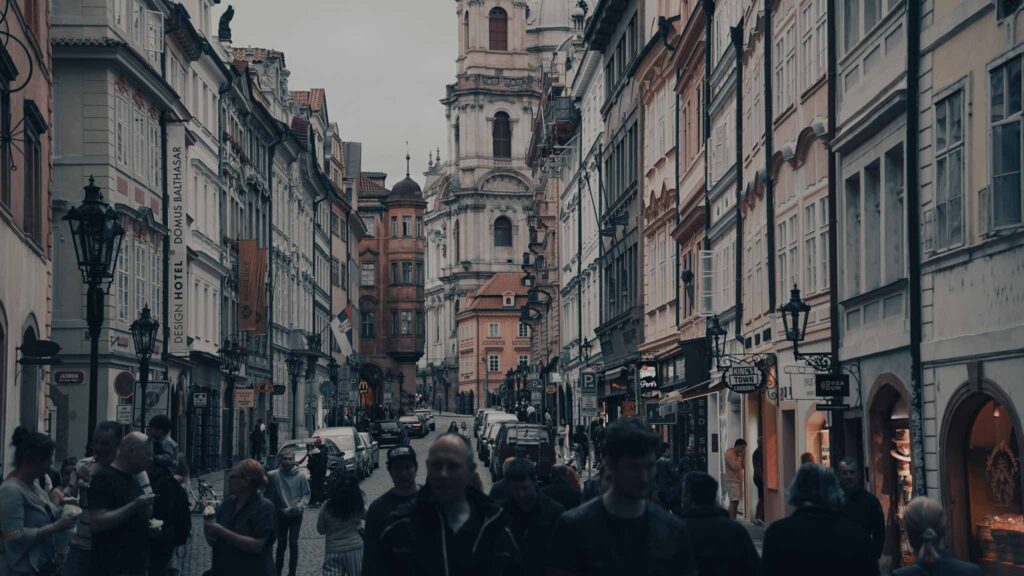
The large blocks of apartment buildings curve and disappear at the horizon, yellow, teal, mustard and green standing together and accented by the fresh growth of spring trees. These alone are impressive sites but then there are the gothic structures and our favorite buildings of the Art Nouveau period. Prague has a long history, dating back to the middle ages, the times of kings and courts, bastions and fortified walls. The Charles Bridge crossing the Vltava river was built in the 14th century and for a long time was the only bridge linking the two banks of the river. Standing on the other side at the base of the Prague castle you can see the lush valley below carved out by the river and deeply decorated along its banks. Prague is known as the city of 100 spires and its skyline is rare, even among European cities. The red roofs dominate the landscape but they vary in shapes in sizes creating a nice base from which the spires and art nouveau buildings stand proudly. As you scan the city you’ll see beautiful domes of copper or brass mixed with tile or the sharp slate spires of towers and churches. Conical, bulbus or circular the shapes vary and the stone carving, frescoes and statues add even more interest as if there wasn’t enough already. The west side of the river has two main hills, one in which the castle is located and one with the petrin tower. The hillsides are covered in trees as are the banks of the river and a few small islands giving this dense city a softer feel from above. After doing some sightseeing we were getting hungry so it was time to go back into town and find some food.
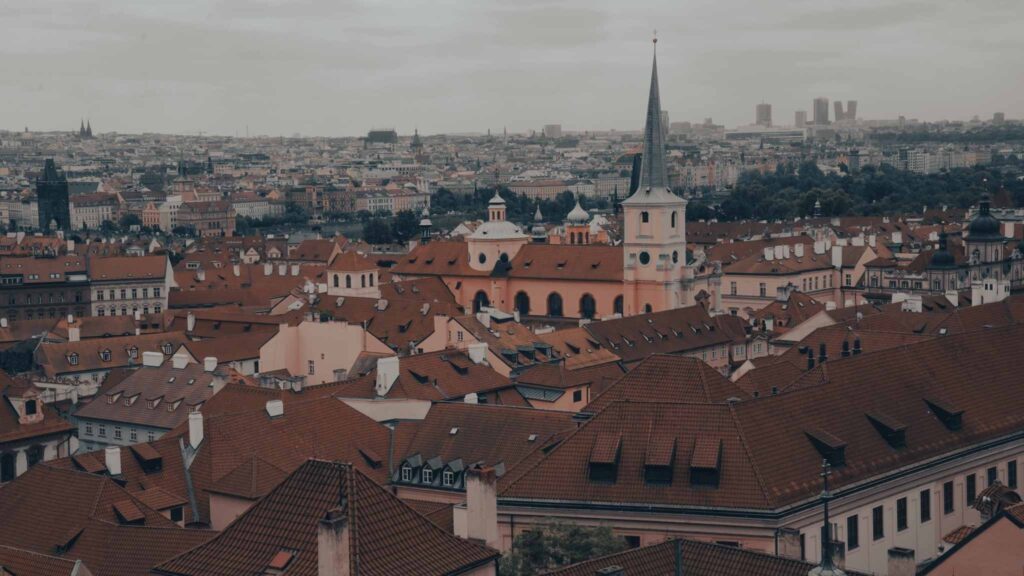

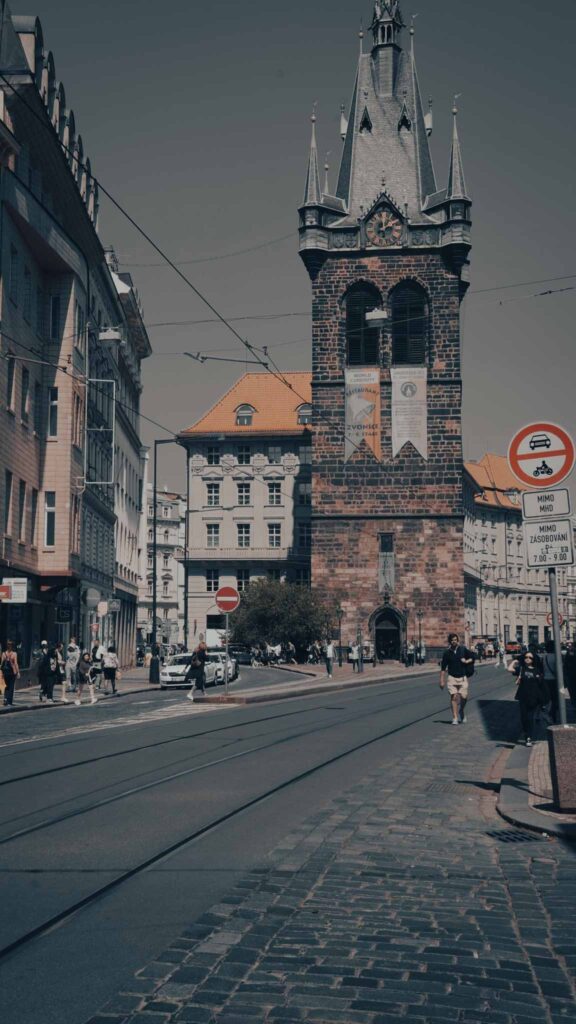
About six months ago at a bus station in Krabi, Southern Thailand we met a couple that were Czech and living in Prague. We had a great conversation but they were heading to Khao Sok and we were heading to Koh Lanta so we exchanged contact info and went on our way. We had forgotten that Pavel lived in the city and were so happy when he noticed on Instagram that we were there and sent us a message. Spending time with him meant that we got a chance to see the city through the eyes of a local and learn about the recent history of the country as he saw it. I loved how he explained that the beauty of the city has never faded for him, that he enjoys his commute every day. His favorite piece of advice for visitors was to remember to , “look up.” There is so much beauty in the architecture and even after many years he continues to find new elements to well known buildings. It was amazing how quickly the city quieted down once you got off the main walkways of the tourist centers. We climbed hills, walked through wooded parklands and stood on a medieval wall with a great view of the city joined by only four or five other locals. He took us past some of his favorite buildings and on a side street, neglected and dirty was an old communist monument. The one’s I’ve seen in other cities are often circular in nature, unadorned and made of unpainted concrete. I know beauty is rather subjective but these are ugly. It was however a good introduction to the communist history of the Czech Republic and a chance to hear how they feel about it. Pavel left no question that they hate communism. His parents had lived through it, not the intellectual wrangling of a perfect society that seemingly works well in theory but the hard cold concrete and steel of a society where everyone is equal and no body matters.

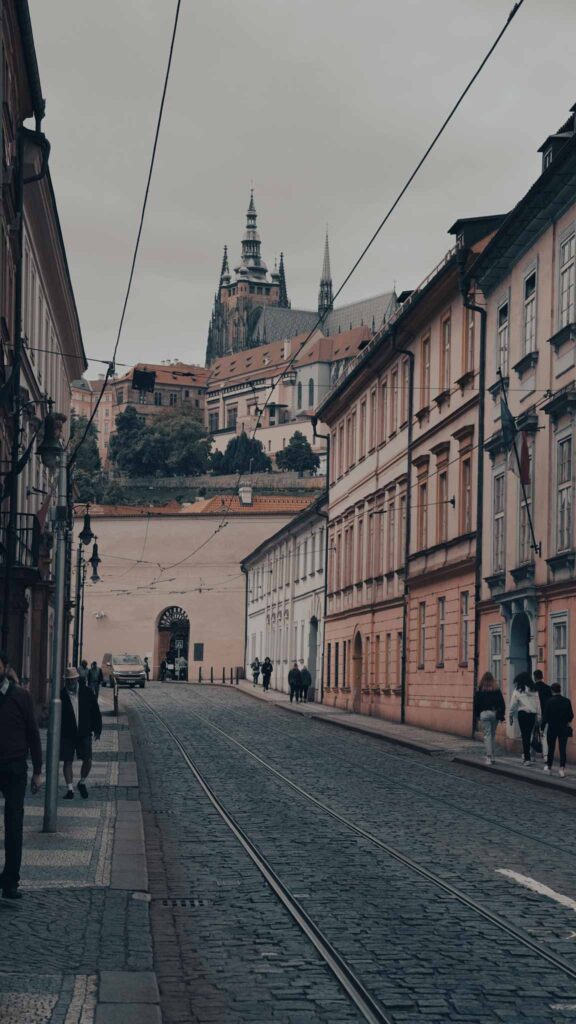
At dinner a few nights later, Daniel, Pavel’s brother, was explaining how they used to be excited about traveling to other countries because the food was so amazing but now they feel pride at the many options of incredibly authentic worldly cuisine Prague has. He also mentioned the robust coffee culture and café’s and couldn’t imagine what it must have been like for his parents in communist Czechoslovakia who were rationed only one type of black coffee. We were really impressed with the food as well. Of course we had the traditional Czech goulash, dumplings of both potato and bread, mashed potatoes, potato pancakes and slow cooked or sometimes smoked beef. We had their chicken snitzel, juicy and crispy fried as well as their traditional duck dish, slow cooked with pickled cabbage. The food was fantastic but we were also impressed with their international options. There were many Vietnamese restaurants where you could get a good Bahn Mi sandwich or Italian pizza and pasta restaurants, Chinese, Indian and all types of “fusions.” If you visited for a few weeks you could eat somewhere different every day, no problem. Pavel took us to new restaurant in an “up and coming” area. It was a neighborhood located in a small valley that was connected on either hilltop by a large concrete overpass. I’d imagine in the past living near or under an overpass was undesirable and it still probably is however when the city center grows to be as expensive as it now is people inevitably move to the fringes. The restaurant was simple but had great options for locally crafted beer and a simple selection of food. Sophie had the traditional fried cheese that they made into a sandwich with tartar sauce and pickled cabbage and I had their traditional meatloaf that they also made into a sandwich with a nice grain bread, strong peppered mustard and pickles. The food and beer was great and the company was even better. Pavel invited his brother, Daniel and two new friends he had made at work. One thing I love about Europe is the mix of cultures and interconnectedness of the people. His friend Leo had just moved to Prague from Copenhagen but was a Greek-Sweed that spent most of his life in Stockholm. His fiancé was a Catalonian and they had met while working in Copenhagen. We drank good beer and a few traditional Czech digestives. One was brewed from an herb while the other was made with almonds and walnuts. We spoke about their work, our work, our travels and future plans. Leo and Lucia also had questions for the brothers about Prague and the Czech Republic as they had only been there 3 months. It was a really nice evening and we were grateful that Pavel had taken the time to get us all together.
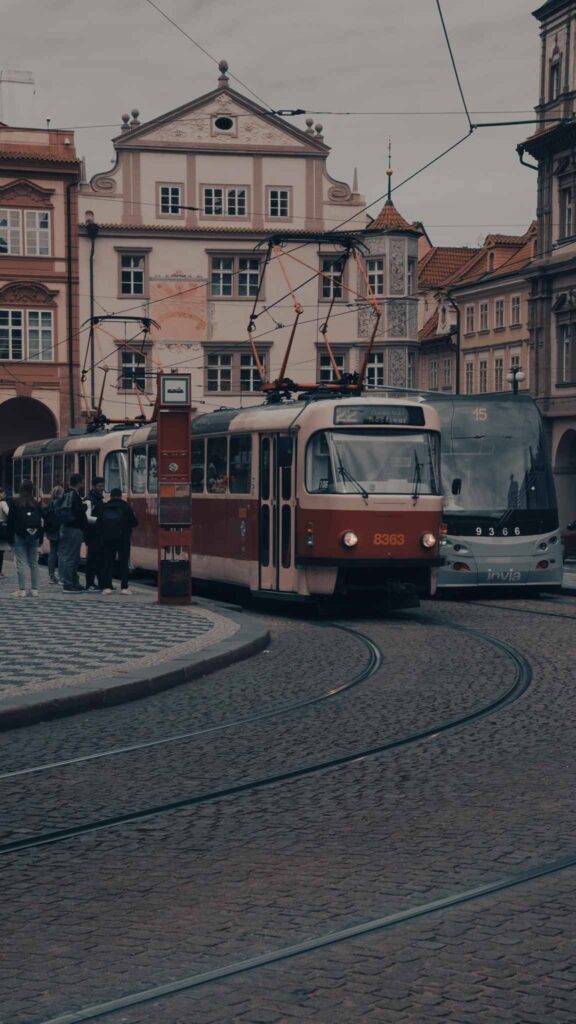
We spent five nights in Prague and were lucky enough to attend three music performances and visit three exhibits. It’s a wonderful city for art and architecture and also has a long history in music. We listened to Ave Maria performed on an organ that Mozart himself once performed on and enjoyed the trio of Soprano, trumpet and organ for the evening. The night of Sophie’s birthday we visited the most spectacular Art Nouveau building in Prague, the Obecni Dum, and listed to a string ensemble play the classics of Brahms, Mozart, Dvorak and others. I’d never heard classical music live before and it was amazing to hear the nuance in the bent strings of the violins or the deep notes of the cello. Our last night we were able to take part in the “Prague Spring” a concert series that began in 1968. Igor Levit was in town to play to a piano concerto at the famous Rudolfinum located on the bank of the Vltava. It was a special venue with an impressive view of the Prague Castle complex from its front steps. Admittedly it wasn’t quite as good as I hoped but we were grateful for the experiences none the less.
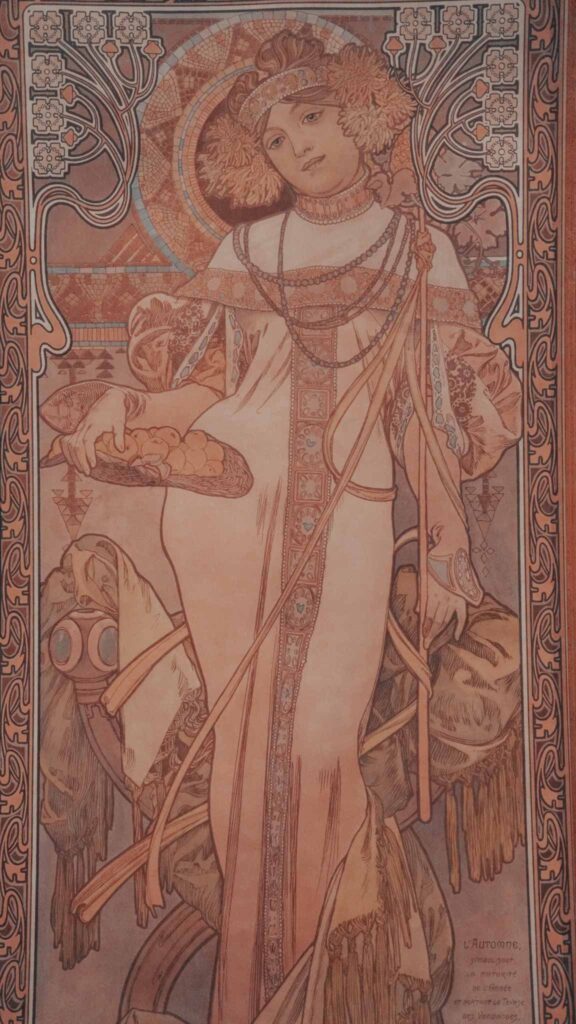
We were lucky enough to visit the Mucha museum and also the large Mucha exhibit located within the Obecni Dum. If you’re traveling to Prague and want to see Mucha’s works we definitely recommend the exhibit at the Obecni Dum over the Mucha Museum. It has a greater collection of works as well as a really cool digital component and is also a nicer space to enjoy. We learned a lot about his life as a painter and were really impressed with style, his skill and most importantly his commitment to his native land and people. He gave the way he knew how by creating the Slav Epic, a series of more than 20 large scale paintings depicting the history and struggles of the Czech people. He worked on these paintings until the end of his life and it’s left a lasting legacy. Unfortunately the Slav Epic was not on display however it was nice to learn about it and his other works were incredibly impressive. Painted mostly at the end of the 19th and early twentieth centuries he painted women in dream like states often surrounded by floral bouquets. The mixture of organic forms and church-like frames within which were set beautiful women in flowing dresses were spectacular. The detail in the backgrounds and often muted color pallet were so beautiful it was no wonder that he managed to rise to such fame during his time. It wasn’t just his art though, as we learned about him it was apparent that he maintained a positive resilient attitude, even being surrounded with so much ugliness. He lived through both world war I and II and yet maintained a positive outlook on life. He was quoted as saying, “the aim of my work was never to destroy but to build bridges. We must live in the hope that all mankind will become closer, which will be easier the better we get to know one another. I shall be happy if I’m able to contribute my own small share to this understanding.” We left the Mucha museum and walked across town, over the Charles bridge and through the old town on the west side of the river until we arrived at the Kafka Museum. This exhibit was dark and bare, showing what Prague was like at the turn of the 20th century when Franz Kafka lived there. I didn’t know much about him before and I don’t know much even now but we learned that he was a very negative individual. He had a poor outlook on life, blamed his father for much he was no doubt guilty of and probably much that he wasn’t. He wanted to be a writer but instead became an attorney working at an insurance company. He became bitter and resentful and when he was diagnosed with tuberculosis, which ultimately took his life, he believed it was a result of his general malady of mind and spirit and not a random illness at all. I found it fascinating that two men who lived in the same place at around the same time could live such different lives, one surrounded by beauty and one by ugliness. I can’t help but think that their attitudes were the main difference and so it is for us as well.
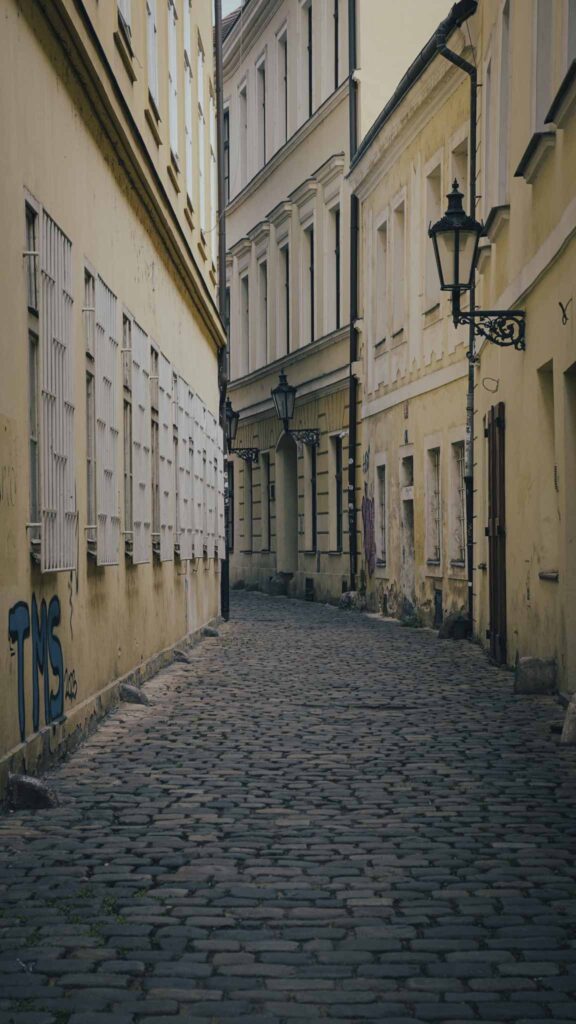
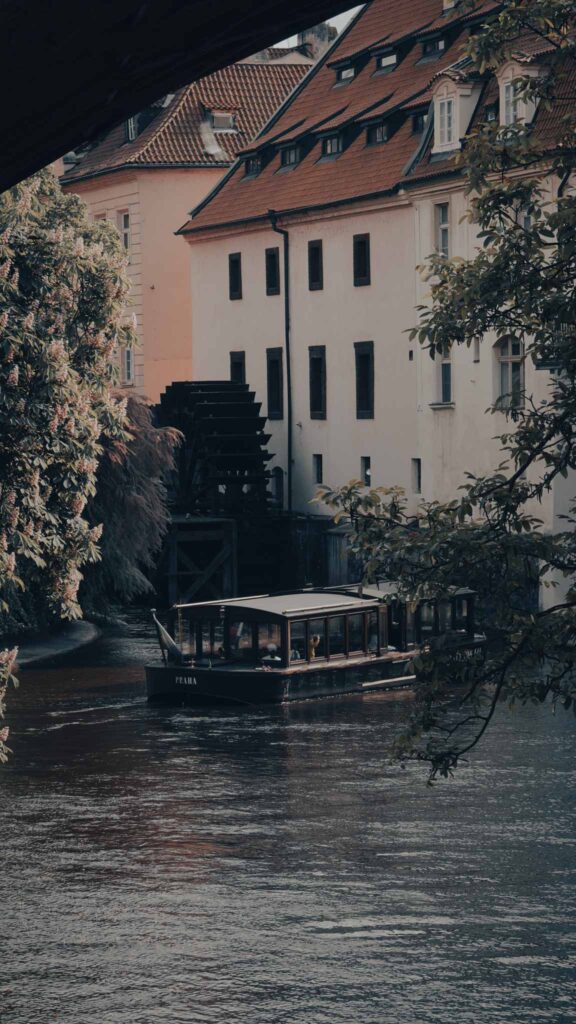
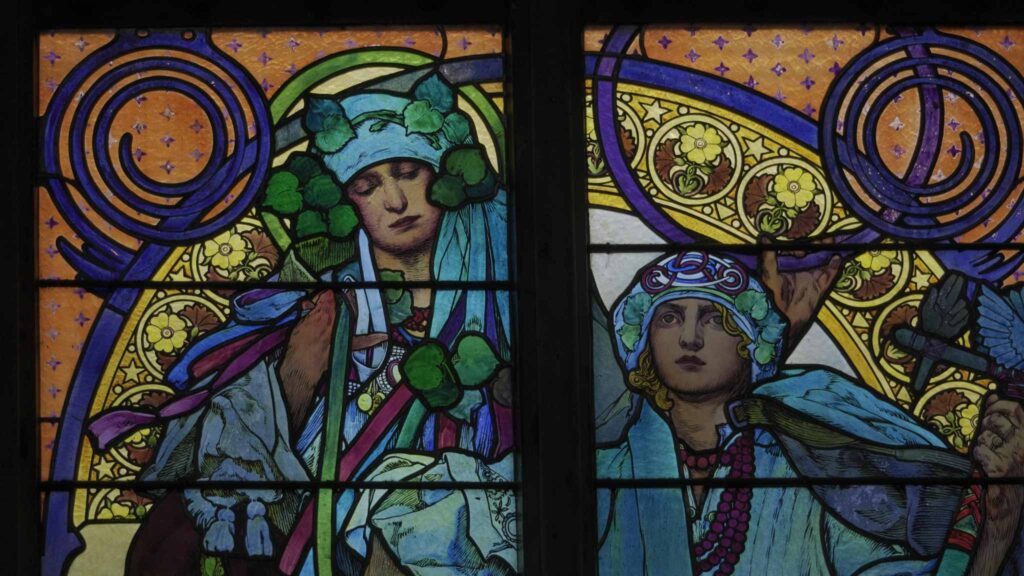
Our visit to Prague was a wonderful one made even better by our time spent with new friends. As is usually the case we learned a lot and learned that there’s so much more to see so hopefully we’ll get a chance to visit again before too much time passes. We’re now on a train headed for Warsaw to visit some good friends from college that I haven’t seen in many years! Life is a trip, and we’re enjoying the journey.
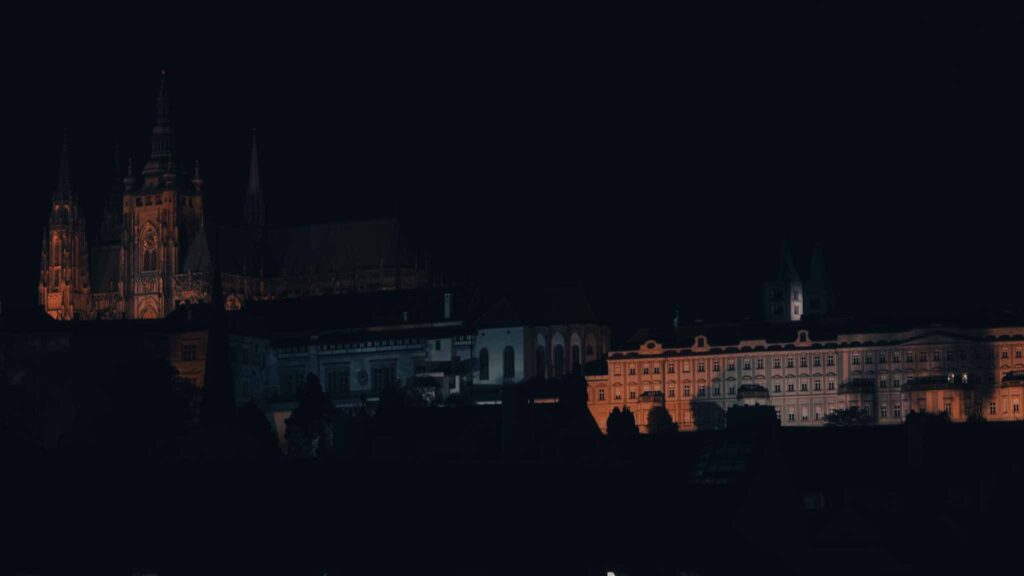
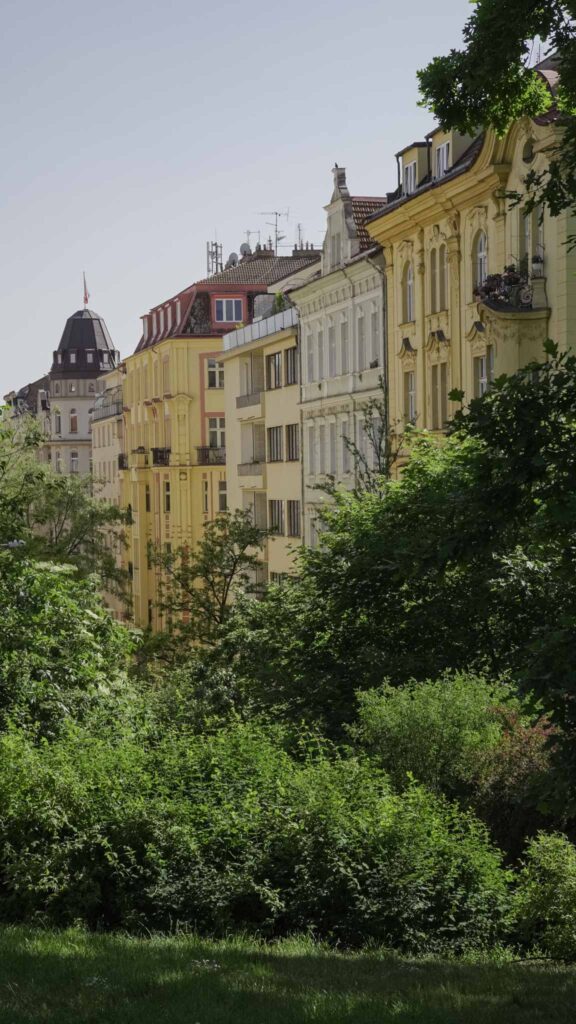
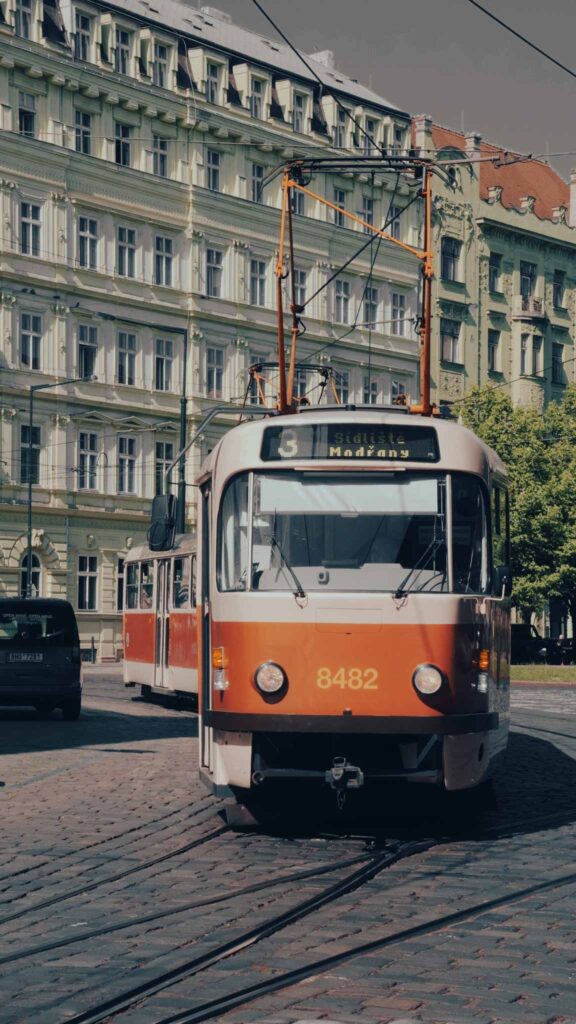
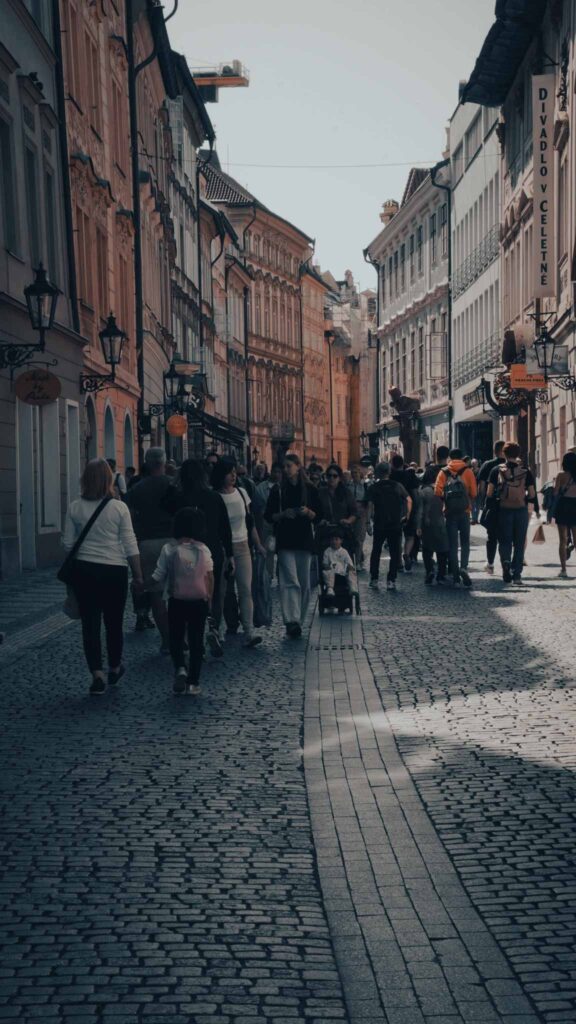
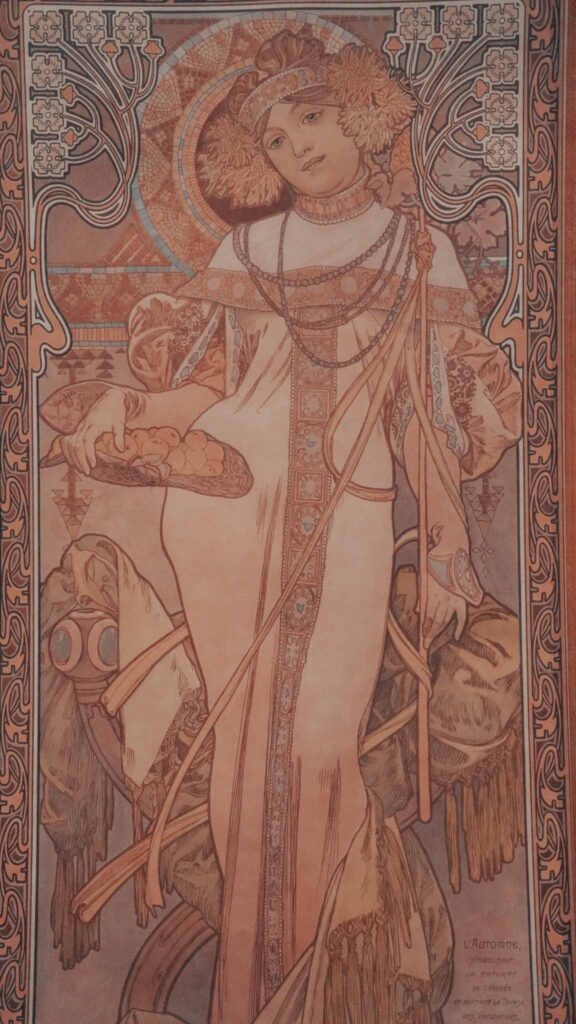





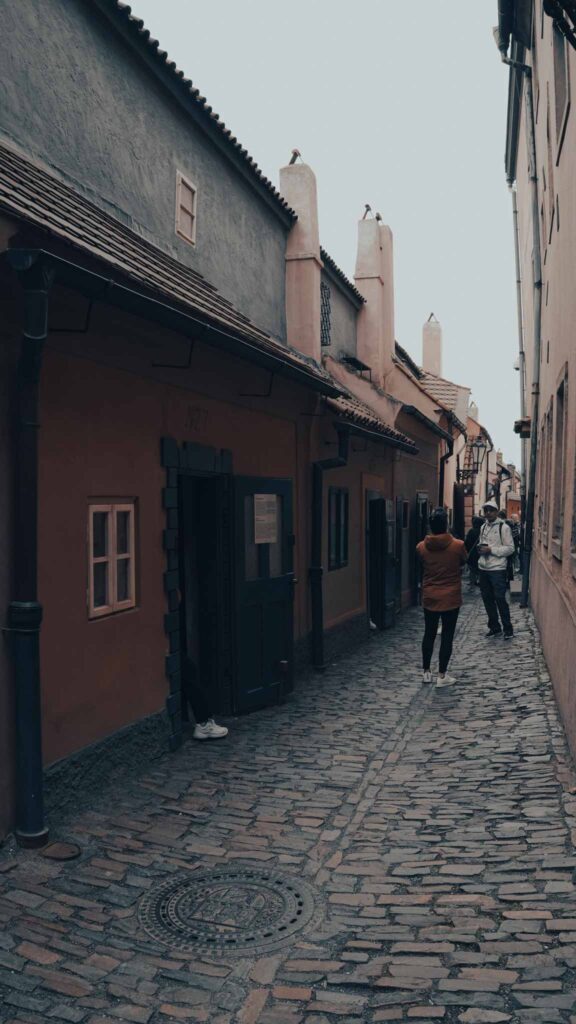

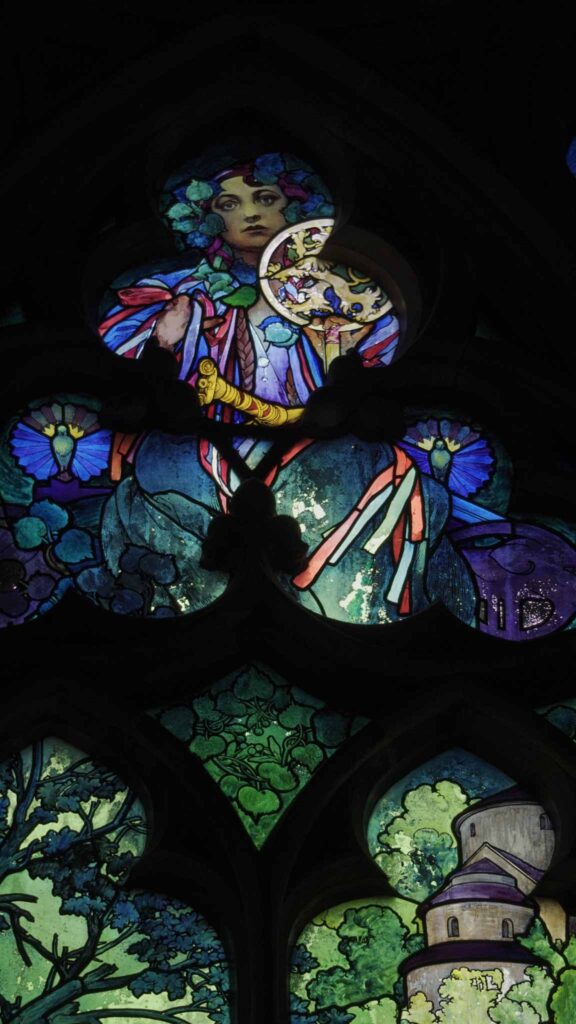



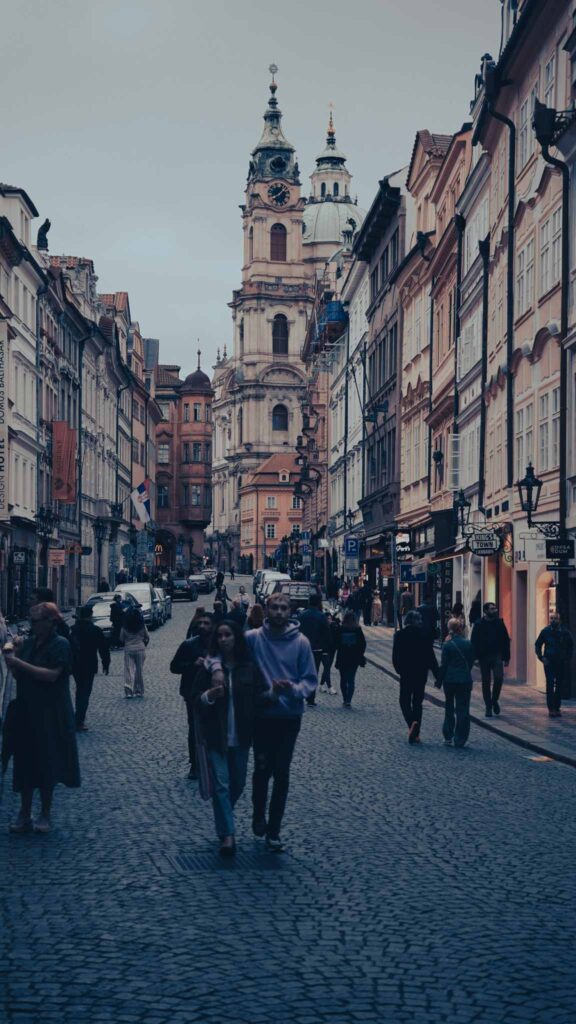



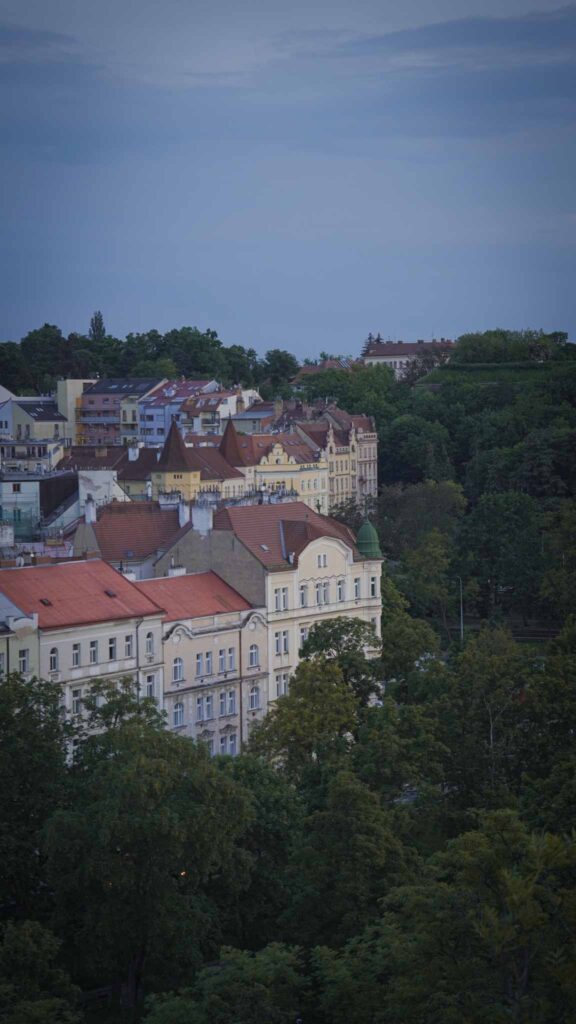

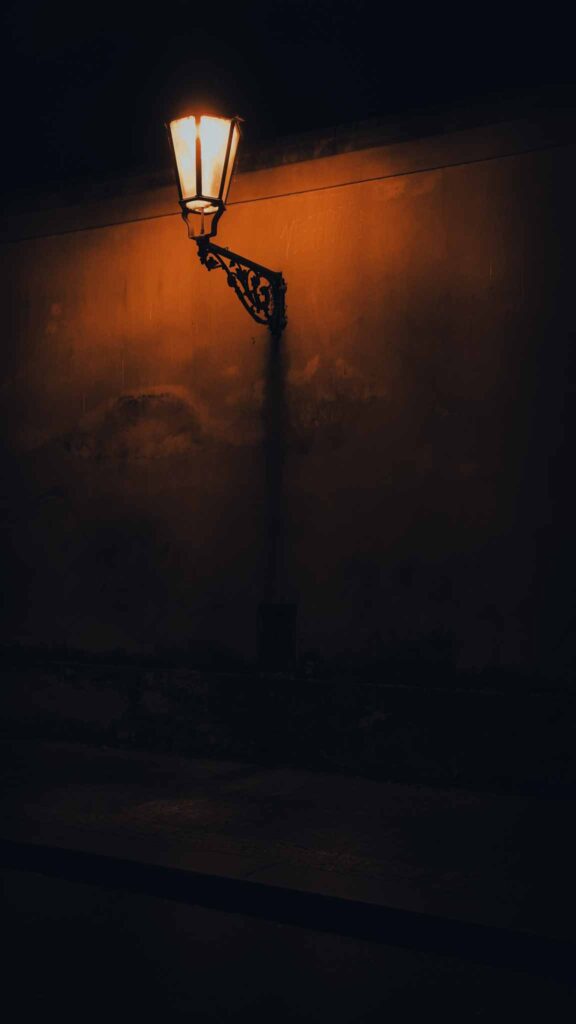

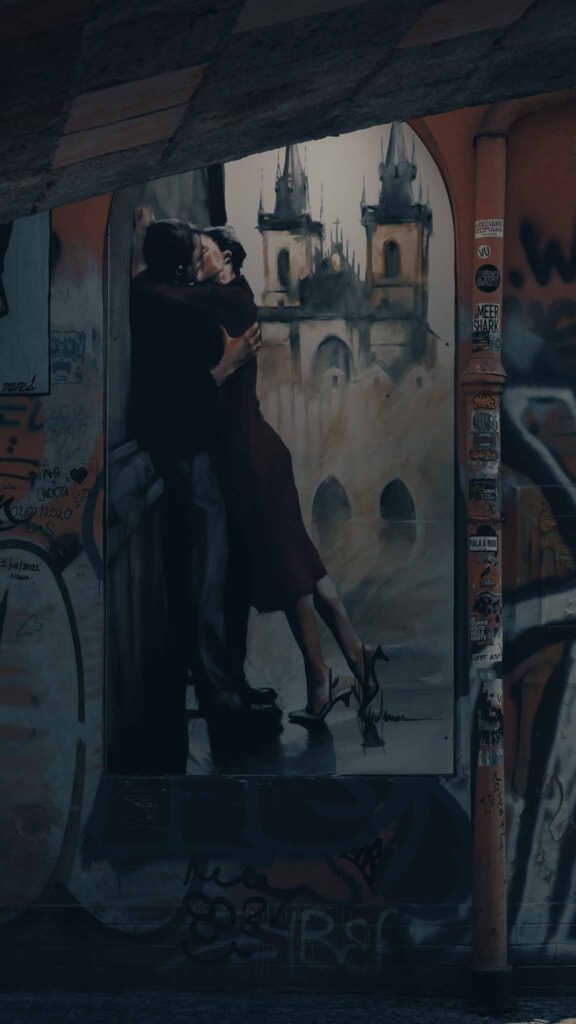
Some practical info for travelers:
Getting the city center from the Prague internation airport is really easy. Just outside the airport there is a bus stop with a few yellow ticket machines. You can pay with your credit card and get a ticket for the number 119 bus. After about 30 minutes you’ll transfer at the Nadrazi veleslavin stop (many people will get off the bus here) and then you can take the A line into the city center. There are three main metro lines which are easy to navigate and then also a ton of trams as well. The tickets are cheap and can be used on both metro, tram and even the funicular that goes up to Petrin Tower.
We stayed at the S42 hotel which was about a 25 minute walk to the center of the old town. We’d take the metro to shorten that walk sometimes but it wasn’t so bad. The hotel was nice and affordable and the area east of us was also very nice to explore and not touristed. If you’re in Prague in the spring or summer the Riegrovy Sady park is a nice place to relax and enjoy their beer gardens. At the top of the park is a beautiful view of the city and you’ll see many people hanging out drinking and soaking in the sun. It’s a cool culture and you’ll be able to see how the locals live. We ate the Indian Jewel, the Lokal Restaurace on the other side of the Charles Bridge, the Restaurace Tiskarna Jindrisska, the Kantyna and also Cep & Pec, all of which we recommend. I mentioned it earlier but definitely check out the Mucha Exhibit at the Obecni Dum rather than the Mucha Museum, it’s just better and don’t miss a chance to hear a concert there!
